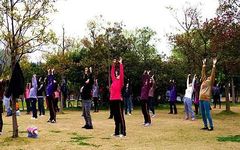Wang Qi’s Nine Types of TCM Constitution
The concept of constitution is an important manifestation of human life activities, referring to the relatively stable inherent characteristics formed during the life process of the human body, based on innate endowment and acquired factors, encompassing morphological structure, physiological functions, and psychological states.
“Wang Qi’s Nine Types of TCM Constitution” includes Pinghe Zhi (Balanced Constitution), Qi Xu Zhi (Qi Deficiency Constitution), Yang Xu Zhi (Yang Deficiency Constitution), Yin Xu Zhi (Yin Deficiency Constitution), Tan Shi Zhi (Phlegm-Damp Constitution), Shi Re Zhi (Damp-Heat Constitution), Xue Yu Zhi (Blood Stasis Constitution), Qi Yu Zhi (Qi Stagnation Constitution), Te Bing Zhi (Special Constitution), which are nine basic types. Each constitution type has its own characteristics in terms of physical traits, physiological features, psychological traits, pathological responses, and disease tendencies: “Three Differentiation Theory” — differentiation of constitution, differentiation of disease, and differentiation of syndrome treatment.

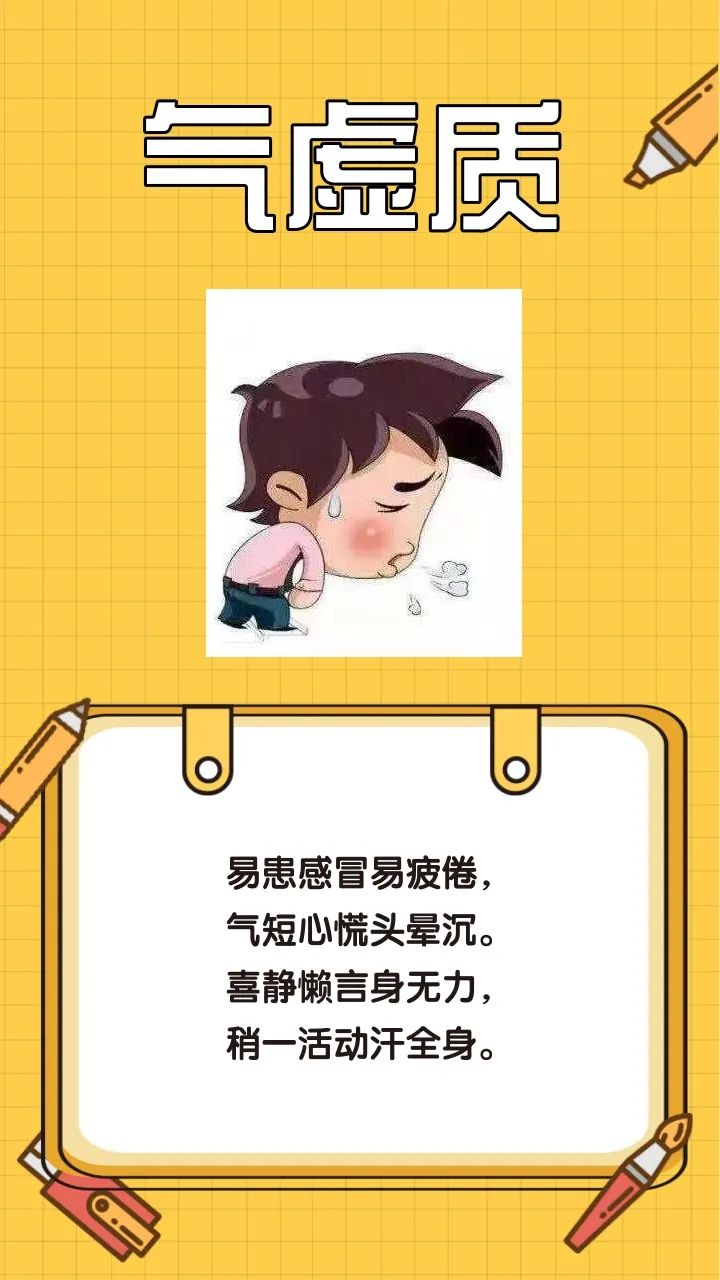
1
Qi Xu Zhi has the following characteristics
Overall Characteristics:
Insufficient vital energy, primarily characterized by fatigue, shortness of breath, and spontaneous sweating.
Physical Characteristics:
Muscles are soft and lack firmness.
Common Manifestations:
Usually has a weak voice, shortness of breath, is prone to fatigue, lacks energy, sweats easily, has a pale red tongue with tooth marks on the sides, and a weak pulse.
Psychological Characteristics:
Introverted personality, dislikes taking risks.
Disease Tendencies:
Generally weak constitution, prone to colds, weak resistance to disease, and prolonged recovery after illness; susceptible to organ prolapse and deficiency syndromes. Adaptability to external environments: intolerant to cold, wind, and heat pathogens.
2
Dietary Regulation
Recommended Dietary Therapy:
Huang Qi Tong Zi Ji (Astragalus Chicken Soup) — 1 young chicken, 15 grams of raw Astragalus (Huang Qi), appropriate amounts of scallions, ginger, salt, and cooking wine.
Preparation: Clean the young chicken, wrap the raw Astragalus in a gauze bag, tie one end tightly, and place it in a pot. Add ginger, scallions, and an appropriate amount of water to boil the soup. Once the chicken is cooked, remove the Astragalus bag. Season with salt and cooking wine, and it is ready to serve. This soup has the effect of tonifying Qi and replenishing deficiency.
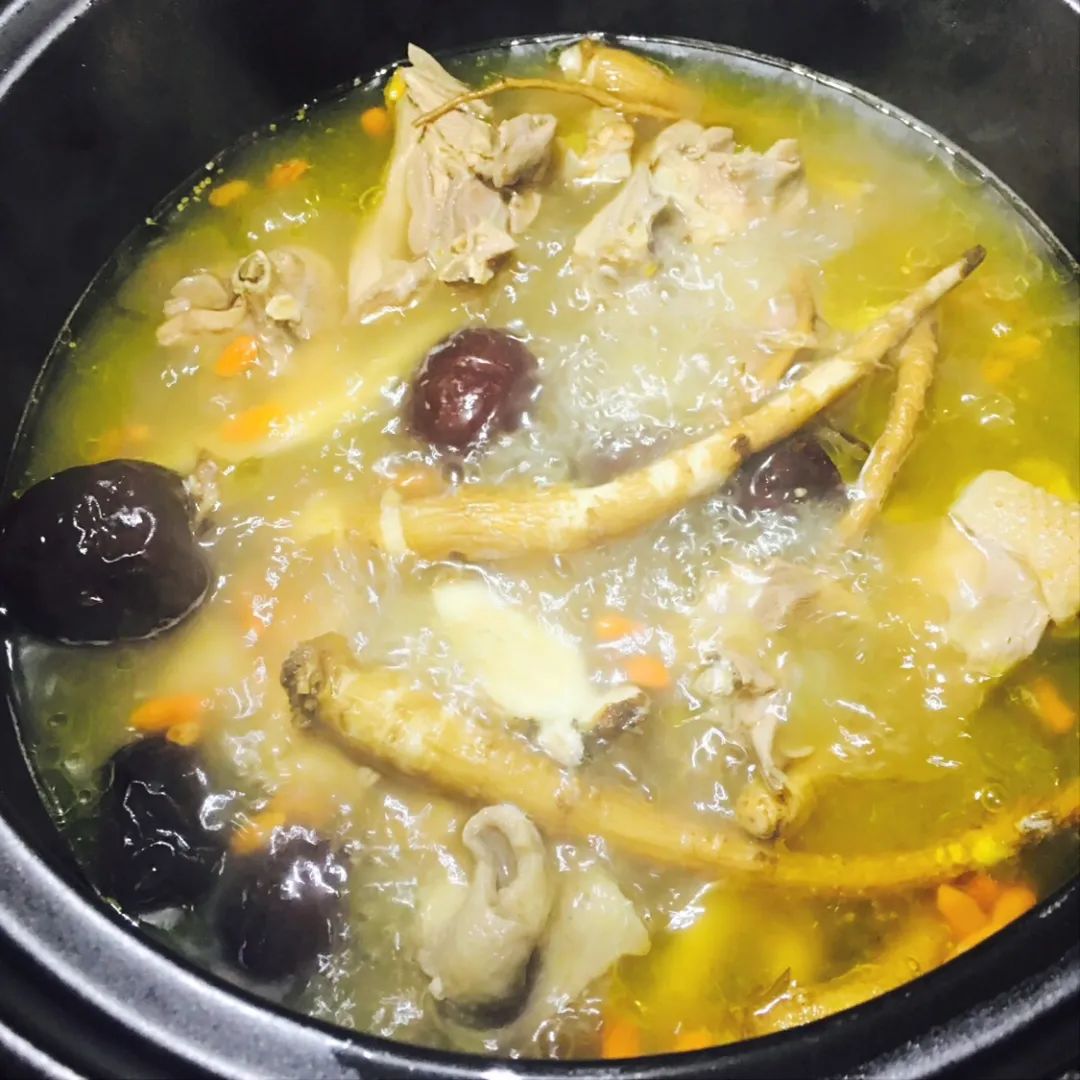
Shan Yao Zhou (Yam Porridge) — — 30 grams of yam, 180 grams of japonica rice. Preparation: Cook the yam and japonica rice together in a pot with an appropriate amount of water until done. This porridge can be consumed during dinner. It has the effect of tonifying the middle, benefiting Qi, and nourishing the lungs.
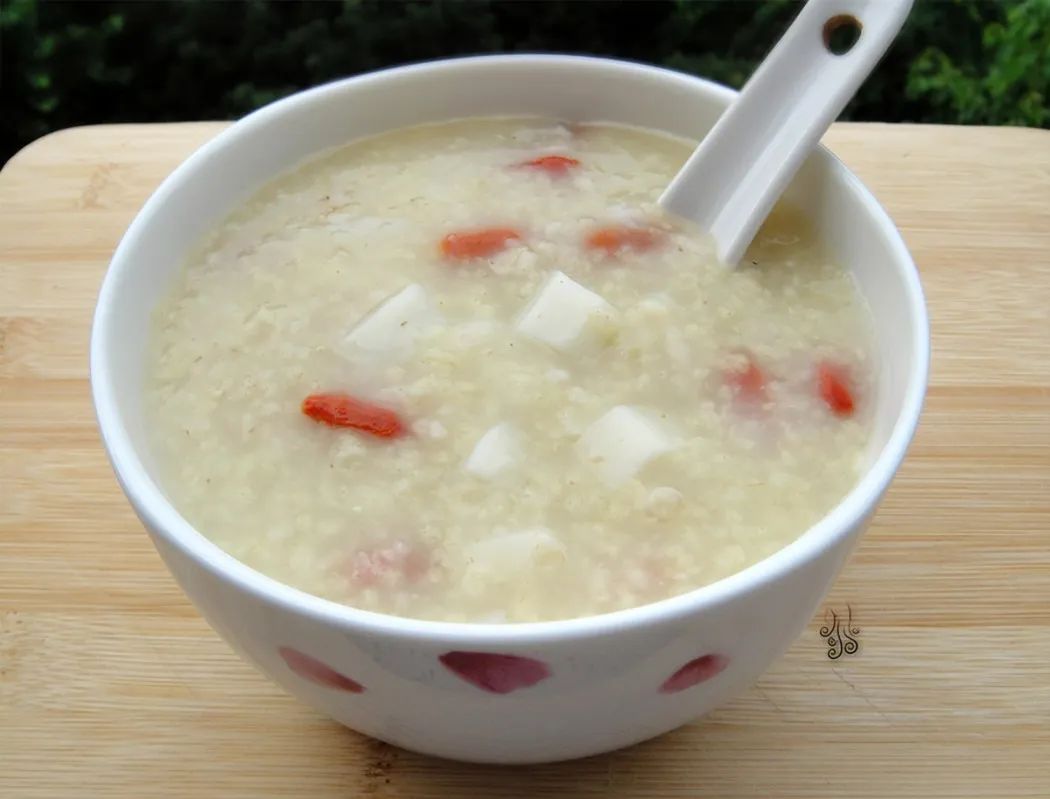
3
Medicinal Regulation
Recommended Medicinal Paste:
Ren Qi Bu Qi Gao (Ginseng and Astragalus Qi Tonifying Paste). Composed of American ginseng, longan flesh, roasted Astragalus (Huang Qi), Codonopsis (Dang Shen), Ganoderma lucidum, and Schisandra. Efficacy: Tonifies Qi and blood, nourishes the liver and kidneys. Indications: Qi deficiency, dizziness, palpitations, shortness of breath, fatigue, spontaneous sweating, and Qi deficiency constitution.
Recommended Foot Bath:
Anti-Fatigue Foot Bath. Composed of raw Astragalus, Codonopsis, Qian Nian Jian, Angelica, and Loranthus. Efficacy: Benefits Qi, unblocks meridians, and eliminates fatigue. Indications: Generally overworked, fatigue, lethargy, pale complexion, prone to cold, often with allergic constitution, pale red tongue, thin white coating, and fine pulse.
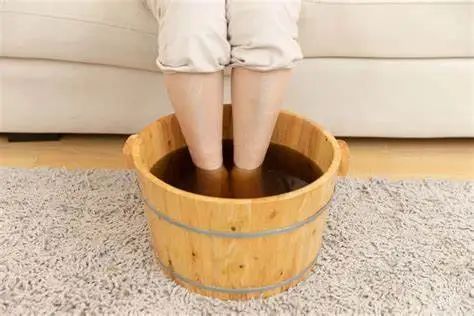
4
Acupoint Health Care
Selected Points:
Zu San Li (ST36), Guan Yuan (CV4), Qi Hai (CV6), Shen Que (CV8)
Location:
Guan Yuan is located 3 inches below the navel on the anterior midline; Shen Que is located at the center of the navel; Qi Hai is located 1.5 inches below the navel on the anterior midline.
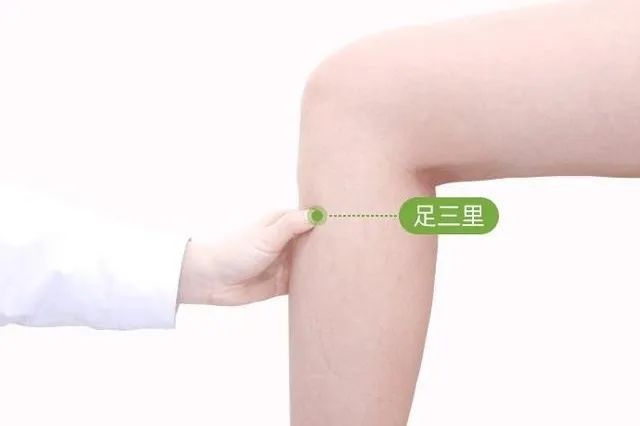
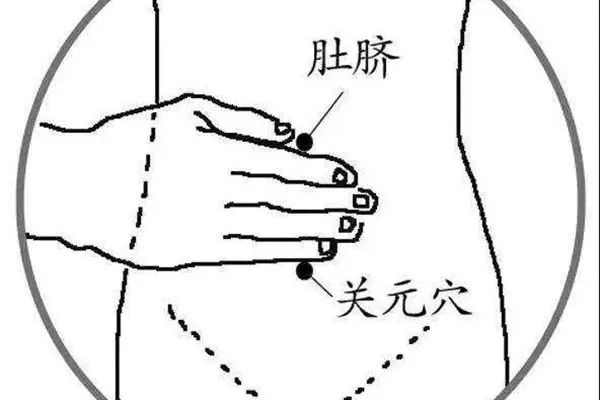
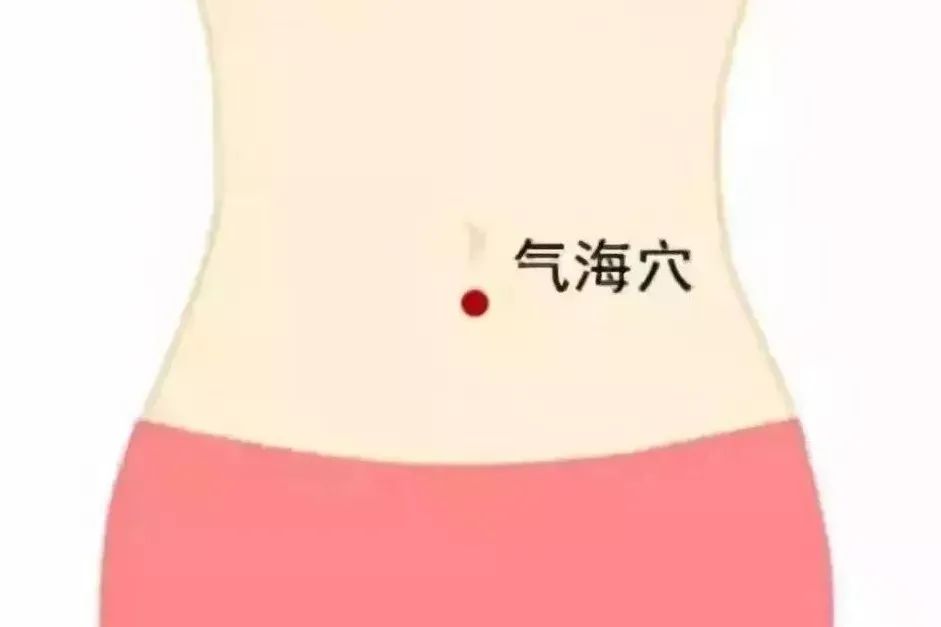
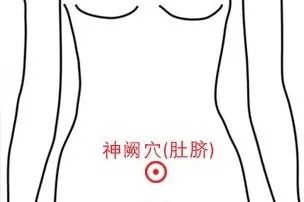
Procedure:
Moxibustion Method: Lie flat, using a moxibustion box, apply warming moxibustion to each acupoint for 10 minutes per point, every other day, for a total of 10 sessions.
5
Exercise Health Care
Engage in gentle exercises such as walking, Tai Chi, or calisthenics, and maintain consistency. Avoid heavy-load exercises and excessive sweating; refrain from vigorous or prolonged breath-holding actions.
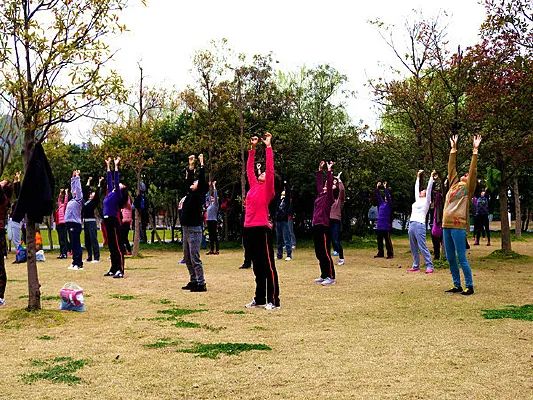
6
Precautions
It is essential to consistently maintain good lifestyle habits. Ensure adequate sleep and avoid sleeping immediately after meals.
Source: Xiangtan TCM Hospital
Reviewed by: Li Dan, Fan Huaizhong
Edited by: Zhao Yang, Liu Ye
Submission Email:[email protected]


